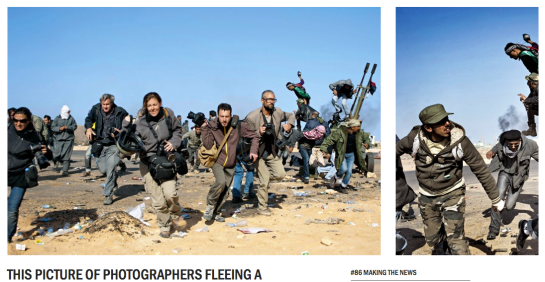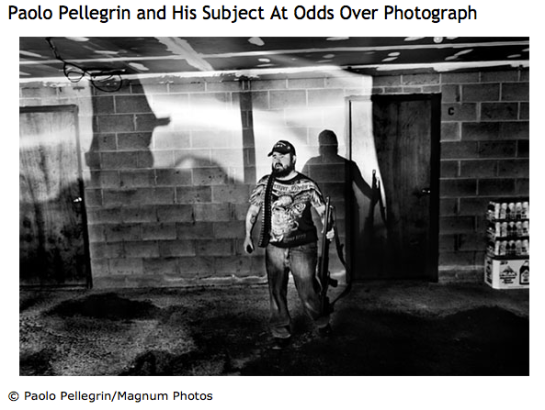Interesting interview in foam with a photographer I really admire and have seen speak on one occasion:
Mishka Henner: After I finish one book I put it on-line and move on to the next project. The Web is like a wild fire. You light a match on the forest, you come back 4 hours later and the entire thing is a blaze. It’s fascinating!
10 years ago if you wanted to make a photo book you would have to find a publisher or spend 4 years of your life walking the streets with a book in your hands. It would take a long time for you to find an audience. Now, when I’m looking at my students, I’m thinking: anyone of you can produce something really exceptional and make a name for yourself, already. I know that this has it’s own dangers too.
But, you know, Gerry Badger tells us how you are supposed to sequence a photo book, what images are supposed to be after each image. He is using his knowledge of classical photo books. 3 years ago probably I followed it religiously, but now I just feel it’s one more example of people telling us how things should be. We can figure it out by ourselves.
Full interview – http://foam.org/foam-blog/2012/july/the-camera-around-your-neck









